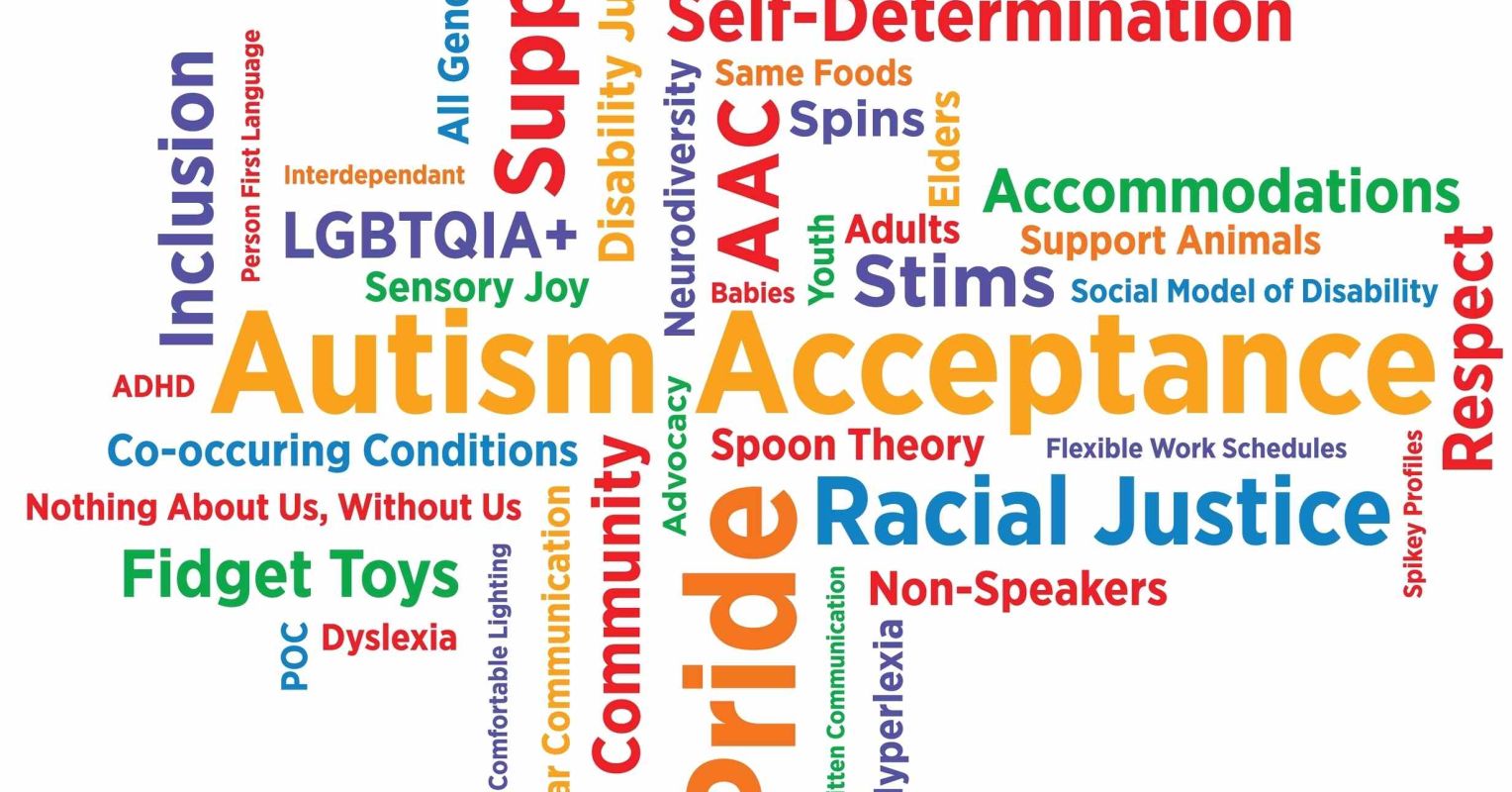Being diagnosed with autism as an adult is becoming more and more common as prevalence rates have increased. The Centers for Disease Control (CDC) now estimates that one in every 44 adults has autism. My private practice diagnoses hundreds of autistic adults each year. Most of the time, people who come to my practice for an autism assessment have already spent many hours online, researching autism. They have taken all the online autism assessments and their self-diagnosis is based on that evidence. Often, they are referred by a doctor, therapist or friend. The assessment process is time-consumin, complicated, and expensive. Despite this, they push through because they believe that understanding themselves will help them improve their quality of life.
Most autistic adults who finally get an official diagnosis later in life greet it with relief. They have known there was something different about them since they were very young. According to a study by Leedham et al. (2019), “Diagnosis was experienced by participants as facilitating transition from being self-critical to self-compassionate, coupled with an increased sense of agency.”
Getting that diagnosis can change this feeling and validate the autistic adult. Family and friends play an important role in helping them continue on their journey to self-love and self-acceptance.
So what should you do if an adult friend or family member comes to you and says they have recently been diagnosed with autism?
Validate Them. It is possible that this family member seems like they don’t have autism to you. You may even think they should have a different diagnosis or that they are looking for an excuse for behavior that others find upsetting. It is OK for you to feel this way, but if you care about your friend or family member, you should listen to them. Listen to them and ask them questions. Ask them about autism and what drove them to get assessed. Validate their inner experiences. It can be hard to hear that someone you have known for a very long time has been hiding thoughts and feelings from you or pretending to be someone they aren’t, but this is called masking and is something most undiagnosed autistic people feel like they have to do to survive. Don’t judge. Just listen, and even if you don’t believe, take the time to validate the way they feel.
Do Research. There are a lot of amazing books on autism. Neurotribes by Steve Silberman, Unmasking Autism by Devon Price, and Women and Girls With Autism Spectrum Disorder by Sarah Hendrickx are good places to start. The YouTube channel Autism from the Inside gives a window into the inner clockwork of an autistic man, and dozens of other youtubers talk about the lived experiences of autistic adults. As you focus on this research, avoid organizations that focus on the experiences of parents with autistic children and websites whose focus is helping parents control autistic children’s behavior. Instead, go to websites like Neuroclastic, The Autism Self-Advocacy Network, and the Art of Autism, which focus on research driven by quality of life for autistic people of all ages. This will give you a window into what autistic people actually experience and what autism feels like from the inside.
Let Go of Preconceived Notions. A lot of us were raised in times when we learned about autism primarily through the voices of parents of children with autism. Although this is a valid perspective, it offers only a limited understanding of what autism is. I have autistic children. I watched their behaviors when they were young, but now that they are old enough to speak for themselves, I understand more deeply that behaviors I found confusing or odd had purpose to them and were often necessary for them. Letting go of the notions that came out of parent-dominated narratives is important. Autistic people understand themselves better than their parents do.
Accept That Your Autistic Family Member or Friend May Seem Different After Diagnosis. Masking or camouflaging behaviors are what most autistic adults and adolescents do to act more neurotypical in a neurotypical society. But research shows that masking and camouflaging behaviors can lead to increased depression, anxiety, and suicidality. As people begin to accept their autism, they will often reduce their masking. This will result in them engaging in behaviors that they previously worked hard to hide and engage in only when they were alone. As they stop masking, they may appear to become a different person. This is because they are beginning to love and embrace themself for who they really are. The best thing you can do is to love and accept them for who they are and encourage them to continue unmasking and living as their true, authentic, autistic self.
Love Them as They Are. Most late-diagnosed autistic adults have faced lifetimes of rejection for reasons they really didn’t understand. They may have been able to pretend to act normal, but they still had the lack of neurotypical social skills and communication difficulties every other autistic person has. This means that they may have spent life confused by people and social interactions and feeling isolated. The best thing you can do is to remind them that you love and care for them for who they are.
I was diagnosed with autism in my 40s. My family’s love and support were critical in my making peace with who I am and learning to unmask and live my best life.
This content was originally published here.
